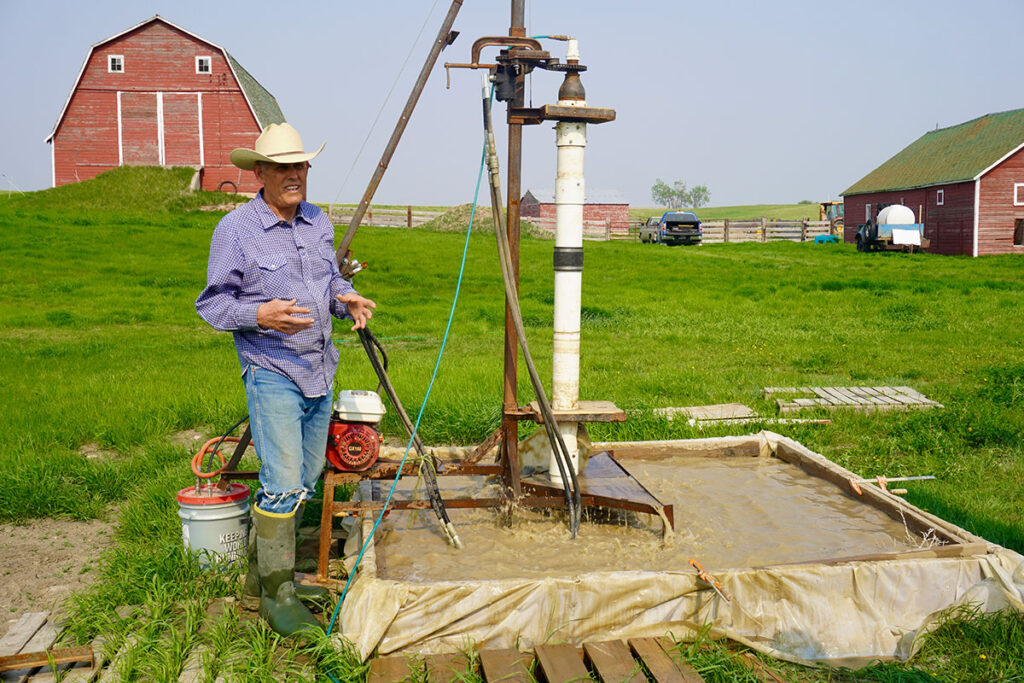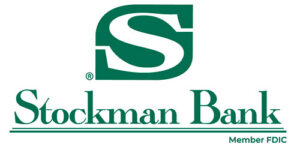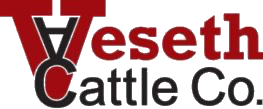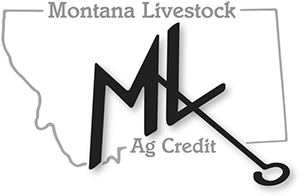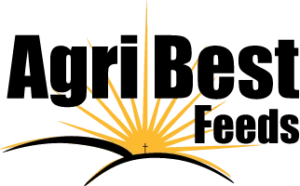How community and the internet set one rancher’s capacity to create ablaze.
Birds chirp in no-man’s land. A tall red barn, weathered paint but no hint of a lean, stands as the beacon welcoming you into the yard of Paul Williams, military veteran and newly invested Montana landowner. For all the silence, his yard is lively. A smiling Jack Russell Terrier looks up from the seat of an old ranch pickup. The reluctant Australian Cattle Dog keeps a wary eye on a drone capturing aerial footage, eager to grab hold if it gets too close. Crisply colored chickens waddle behind the slight buzz of their electrically charged enclosure. Through the fence line, tall green grass sways in the breeze.
It is in this private sanctuary that Paul is carving out this season of life on his land north of Saco, Montana. Purchased just shy of five years ago, he immediately went to work remodeling and improving. High on that list was addressing water scarcity.
Cue rancher resourcefulness.
Faced with high costs and an undersupply of tradespeople to drill a well, Paul turned to his own hands and mind to solve the problem. Following hours of YouTube tutorials and some engineering assistance from a Great Falls, Montana company, Paul built a custom drilling rig powered by a 5-horsepower motor. “It’s slow as the dickens,” he laughs, “but I’ve got lots of time.”
One doesn’t just pluck a hole in the ground and start drilling. One of Paul’s more unconventional skills is his practice of water dowsing—a method he proudly teaches to curious visitors, including members of the Ranchers Stewardship Alliance staff. Armed with brazing rods purchased from the local Ezzies store, Paul uses the rods to detect underground water sources. Standing before a whiteboard, he explains the physics behind the process: as water moves through rocks, it carries trace minerals that create a magnetic field. The rods respond to this field, pulling slightly in your hands as you walk in the right direction. “Walk long enough,” Paul says, “and you’ll feel that pull.” His blend of science and tradition shows just how deeply connected he is to both the land and its resources, constantly seeking ways to better understand and utilize the natural world around him.
While Paul is strategically building his cattle herd, he has lease agreements with his neighbors, allowing them to graze their cattle on his land. He takes great pride in watching the positive response of grass to strategic grazing pressure. Always an eager learner, his understanding of grass production and land stewardship has been shaped by the wisdom of those welcoming neighbors, whose advice has become as vital to his ranch as the water he so diligently seeks out.
However, Paul’s story also reveals a challenge faced by many in the ranching community: the scarcity of tradespeople to handle essential work in remote areas, such as well drilling, pipeline installation, and fencing. These obstacles can delay crucial conservation efforts—efforts often supported by the Ranchers Stewardship Alliance, a local nonprofit with an emphasis for aiding in ranch resilience and community building. Paul’s resourcefulness and neighborly support are vital in overcoming such challenges, showcasing the spirit of innovation and collaboration that defines ranch life.
As the sun dips below the horizon, casting a golden light over Paul’s land, the scene is one of hard-earned serenity. The say of the grass has calmed. The Jack Russell has moved to the front step. The Heeler has given up on the drone. It’s here, surrounded by the fruits of his labor and the support of his community, that Paul Williams thrives. A testament to the dedication of owners past and caretakers future, the barn watches on.
